Wilpattu, Sri Lanka, February 27 (Lakpura.com): Wilpattu National Park, the largest wildlife sanctuary in Sri Lanka span an area of no less than 131,693 hectares with altitude ranging between the sea-level and 152 meters.
The park had been closed for security reasons since 1988 although opened briefly during 2003 to give a fortunate few a glimpse of its natural treasures. With the end of the three-decade civil war in Sri Lanka, the park was cleared and deemed safe to re-open in 2010.
Subscribe to our Telegram channel for the latest updates from around the world
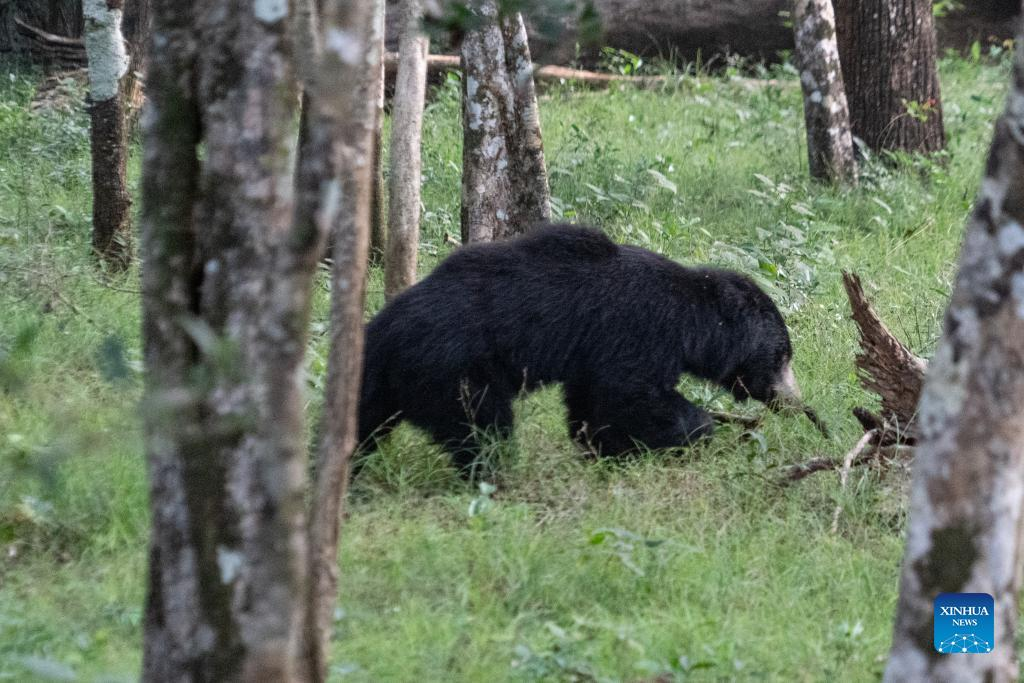
Wilpattu National Park is situated in the dry zone, and is unlike any other wildlife sanctuary in Sri Lanka. A unique complex of over 50 wetlands called “Villu” is the most prominent topographical feature of the national park. ‘Villu’ are shallow natural lakes filled with rainwater surrounded by open grassy plains amidst the dense scrub jungle.
The presence of these Villus with an abundance of water can best be explained in the weather patterns that prevail over the park: while the period of drought is only during the months of May to early September, the main rainy season is during September to December with the heavy downpours of north eastern monsoon; inter monsoon season visits the park March and April. Annual temperature in the Park is around 27.2 Celsius and its annual rainfall is approximately 1000 mm.

The best time to visit Wilpattu National Park is during the months of February and October. Wilpattu National Park has a good network of gravel roads, particularly between the water holes.
Vegetation
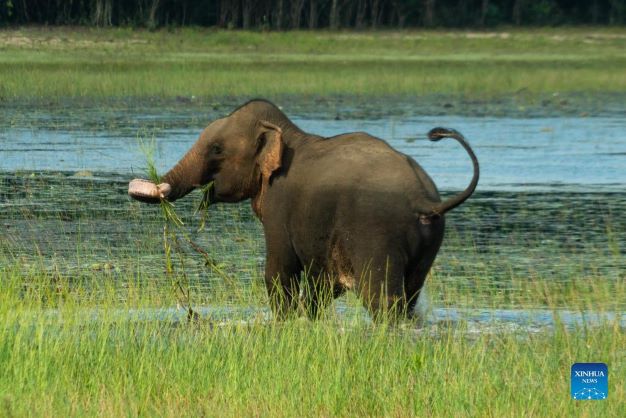
Wilpattu National Park consists of three types of vegetation: littoral vegetation including salt grass and low scrub immediately adjacent to the beach; a 5-10 km coastal belt of monsoon scrub of very low stature; and further inland, the wooded forest with tall emergents, such as Palu (Manilkara hexandra) and Satin (Chloroxylon swietenia), Milla (Vitex altissima), Weera (Drypetes sepiaria), Ebony (Disopyros ebenum) and Wewarna (Alseodaphne semecapriflolia). Some 73% of the park is dense forest or scrub and the rest is more open habitat.
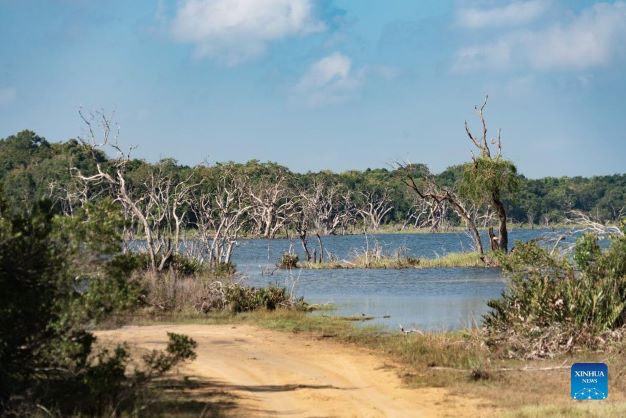
Wildlife
Wilpattu National Park’s varying natural habitats; coastal belt, natural lakes (villus), rocky outcrops, scrublands, open grasslands and dense forest provide for numerous species of animals. Among the species are 31 mammals. The biggest draws in Wilpattu are Leopards (Panthera pardus kotiya) and Sloth bears (Melursus ursinus).
Apart from those two mammals are Asian Elephants (Elephas maximus), Spotted Deer, Barking Deer, jackals, sambhur, barking deer, mouse deer Wild Pig, Water Buffalo (Bubalus bubalis) and Mugger Crocodiles.
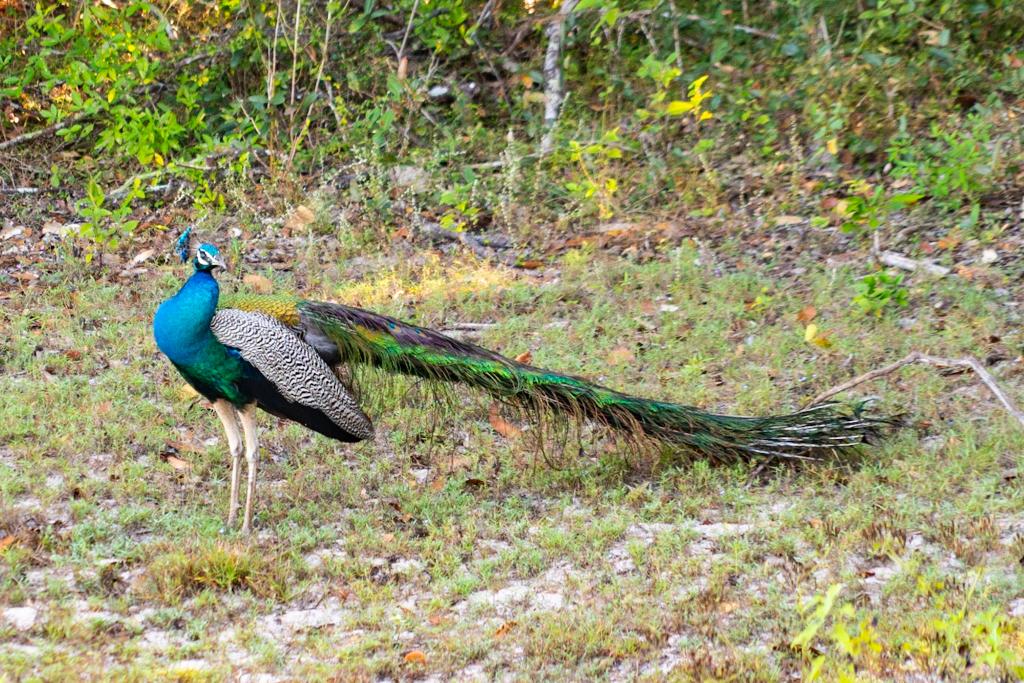
Butterflies recorded include the Great Eggfly, Blue Mormon, Common Mormon, Common Rose Great Orange Tip, Glad-eye Bushbrown, Blue Mormon, Common Mormon, Common Rose and Crimson Rose.
Countless species of birds can be found and the park plays host to numerous winter migrants from November to March, while menacing crocodiles top the list of reptiles.
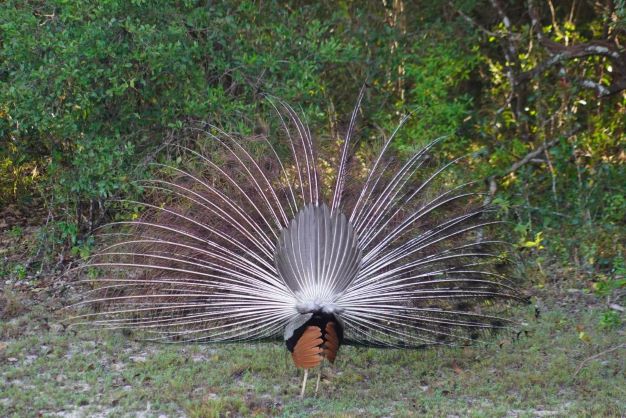
Butterflies recorded include the Great Eggfly, Blue Mormon, Common Mormon, Common Rose Great Orange Tip, Glad-eye Bushbrown, Blue Mormon, Common Mormon, Common Rose and Crimson Rose.
Also roaming on the grasslands are Star tortoises (Geochelone elegans) at Wilpattu. In the large Villus are Pond turtle (Melanonchelys trijuga) and the Soft shelled turtle (Lissemys punctata).
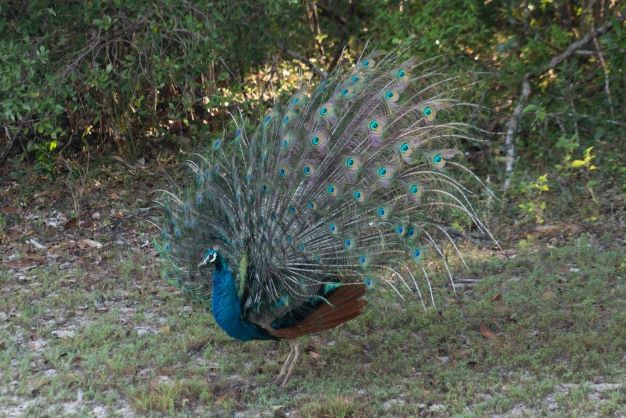

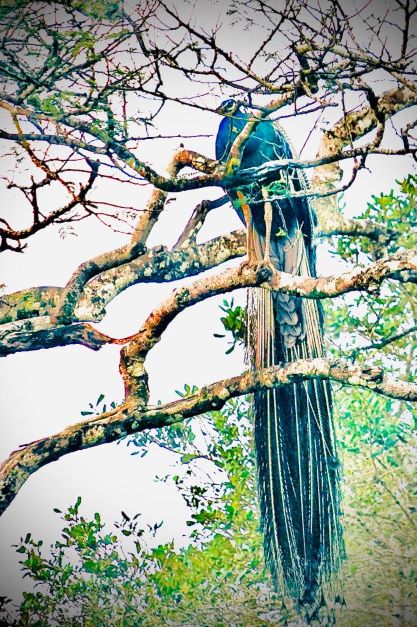
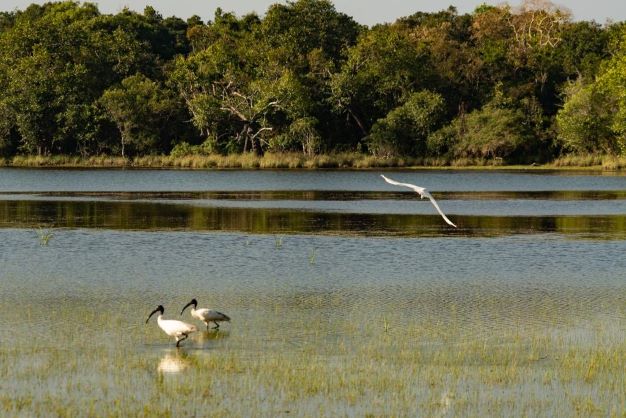
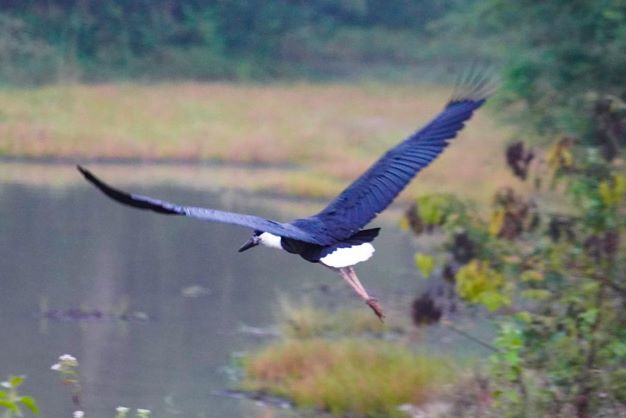
For similar articles, join our Telegram channel for the latest updates. – click here






















































